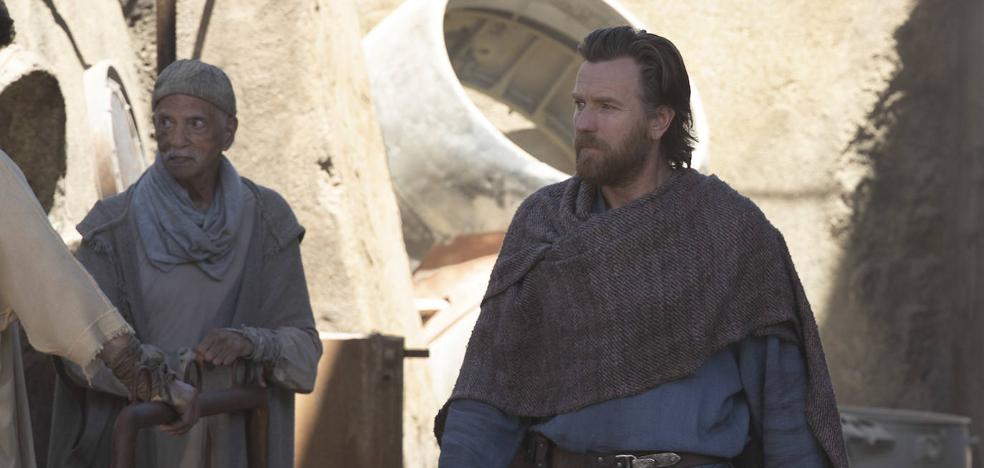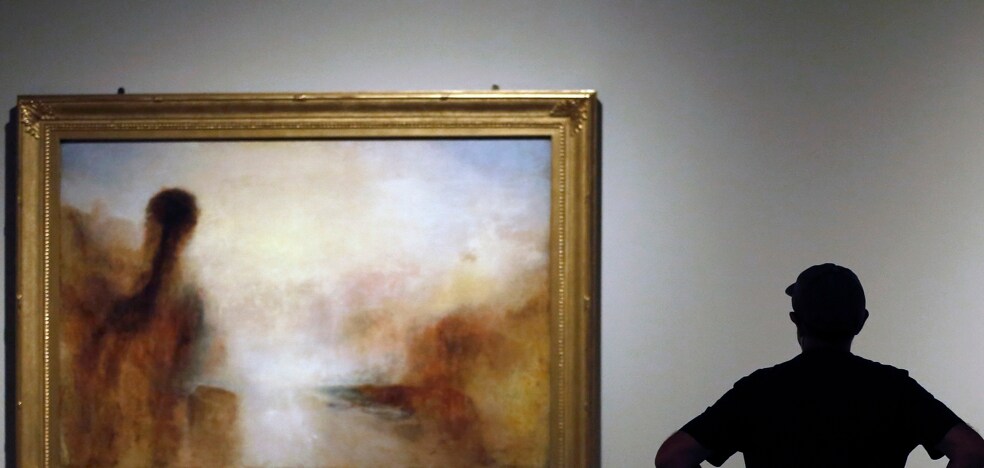A work of art does not always satisfy its maker. There are many writers who have rejected or adapted texts that ultimately did not fit their ideas and intentions. Something similar happened with painters, such as Velázquez, who corrected their canvases with pentimentos (of Italian regret) discovered years later during a restoration process.
Scores, like books and paintings, have a memory that can be unbearable for a perfectionist composer, regardless of the social recognition it receives. One of the great masters who added successive layers of paint to his compositions was Anton Bruckner (1824-1896), whose Third Symphony in D minor is being performed in Murcia this week. Precisely this work was revised several times by its creator, three of which are permanent as the most important: the original and unpublished work from 1873, that from 1877 from the Oeser edition, and that from 1889 from the Novak edition, which are exactly the ones which we will hear on Wednesday in the Regional Auditorium.
Bruckner was a champion of the classical symphony, structured in four movements with a uniform pattern: beginning in sonata form with three themes, followed by an Adagio, a Scherzo inspired by folklore, and a Finale in which some of the themes already presented reappear.
Bruckner’s Third Symphony is nicknamed Wagner, but it’s a vessel in which Beethoven and Schubert influences travel. In it, the Austrian composer expands the orchestra with a third trumpet and transforms it into a pipe organ, with unique thematic lines where silence is just as important as sound. Schubert’s influence is very evident in the way the orchestra is divided into sound blocks or choirs of strings, woodwinds and metals.
The very slow and mysterious first movement opens with the fog that forms in the first four bars, followed by a trumpet solo much admired by Wagner and reminiscent of The Flying Dutchman. It is followed by a beautiful cantabile theme on the strings. In the second part, Adagio highlights the religiosity and fervor that nurtures the Wagnerian atmosphere.
The Brucknerian Scherzo never disappoints and starts with a Dionysian theme followed by a melodic fragment by the violins. The Trio takes us to the Austrian länder where violas and violins represent a folk dance, in line with what the young Bruckner experienced when he played at popular festivals. In the fourth theme Finale, the first theme of the symphony reappears and the orchestra grows until it reaches a true climax, where two ideas contrast: a polka type in the strings and another solemn choir where the metals play along. According to Bruckner, this reflects what normal life is, in which happiness and sadness coexist.
The premiere of Bruckner’s Third Symphony took place in Vienna on December 16, 1877, and ended in disaster. Although the work had already been reviewed by the composer, the score was rejected by the musicians of the Vienna Philharmonic. The sudden death of Johann Herbeck, the director chosen for the occasion, forced the inexperienced Bruckner to take over. The end result was very sad, with only twenty-five people in the room, including Gustav Mahler
Vienna was a difficult city for an innovative musician at the end of the 19th century, and that place was already taken by Brahms. Bruckner never felt at home in the music capital, which eschewed its old-fashioned dress, its Wagnerian zeal and its failed attempts to join the university. Nevertheless, he always relied on his artistic abilities and the Third Symphony was followed by six other colossal works, the fruit of his humility and his eagerness to learn.
The Third Symphony is said to be like a great cathedral, far from inviting you to look for new horizons, but forcing you to keep forming circles within. Despite the different versions created by the master, the essence of Bruckner is in each of them.
Source: La Verdad
I’m Wayne Wickman, a professional journalist and author for Today Times Live. My specialty is covering global news and current events, offering readers a unique perspective on the world’s most pressing issues. I’m passionate about storytelling and helping people stay informed on the goings-on of our planet.



